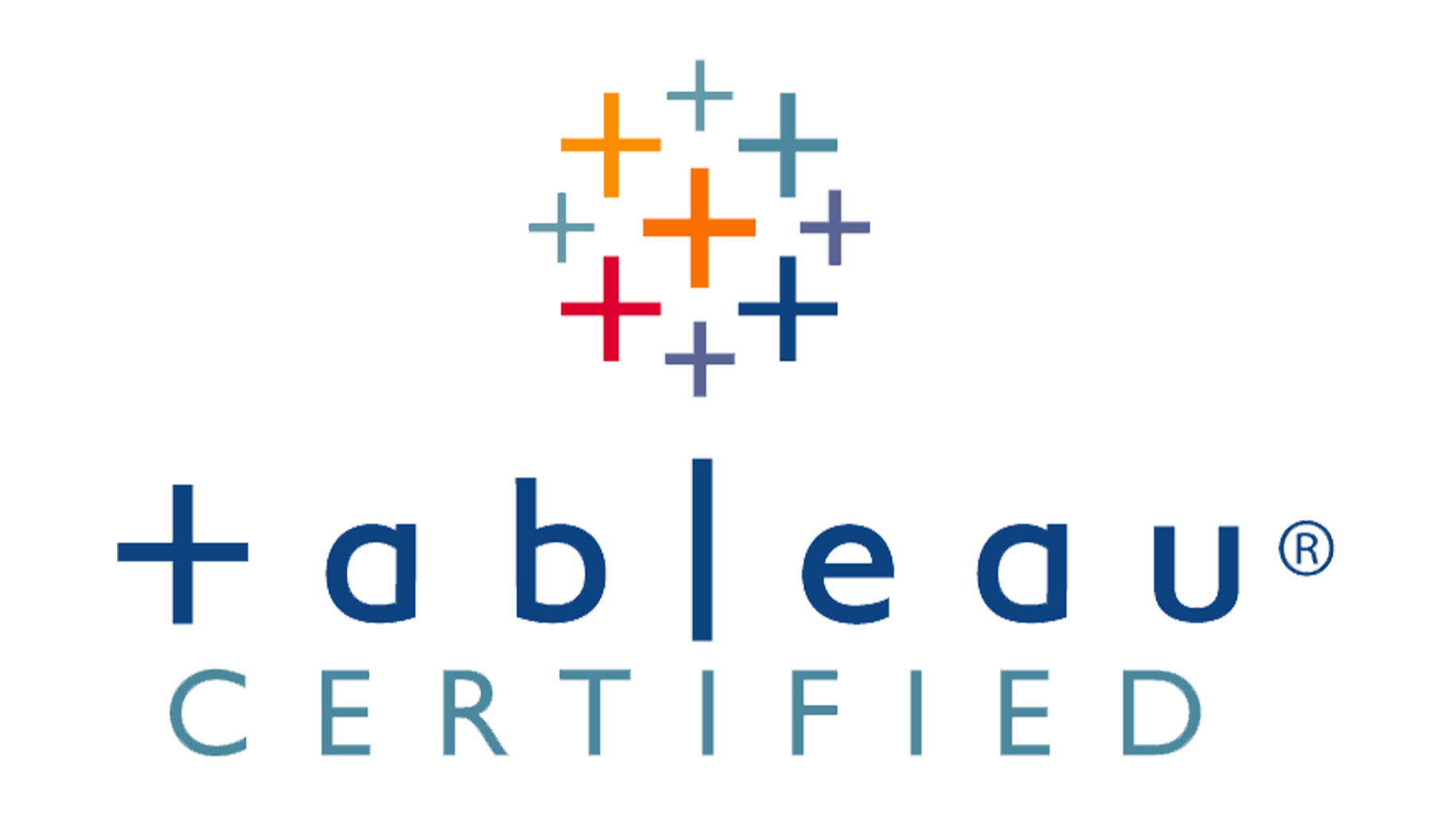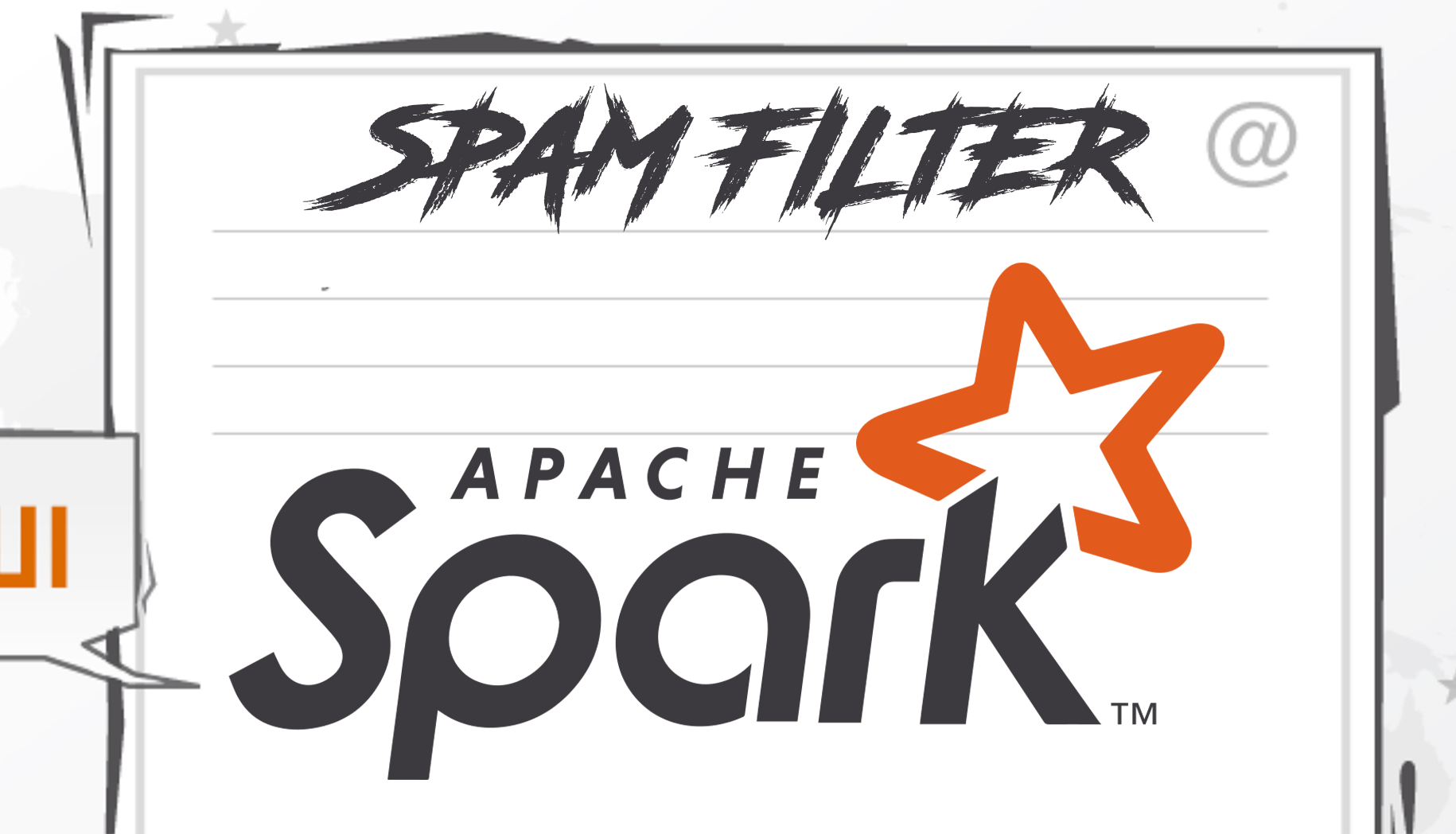Website SQL Analysis
Using SQL to analyze website performance is a daily routine for data scientists. It's not necessary to always use machine learning and deep learning models to create predictive models. Solving business problems is the top task for us rather than creating models. In this project, I use an e-commerce website dataset to analyze some website problems such as traffic source, bounce rate and so on. Even though I'd like to create some predictive models in real life, I only use SQL in this project.
Read More.....








